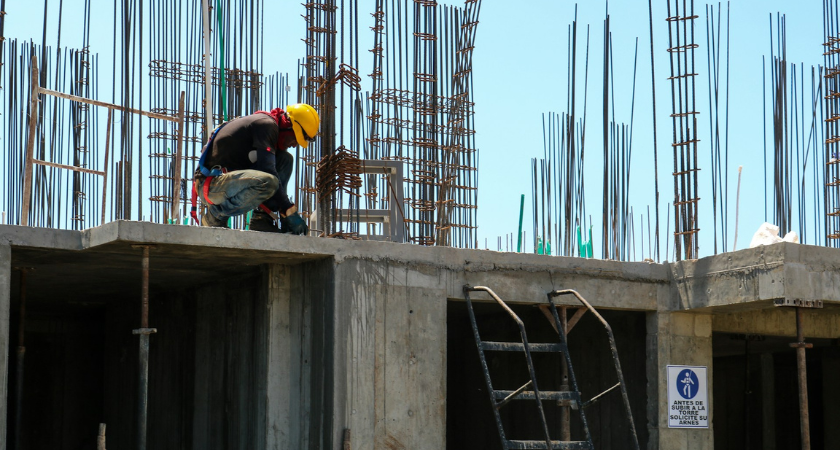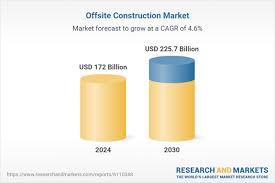
The global offsite construction industry is witnessing accelerating adoption as developers and contractors seek faster project timelines, higher returns on investment, and sustainable building methods. According to the “Offsite Construction - Global Strategic Business Report 2025-2030” from ResearchAndMarkets.com, the market was valued at US$172.0 billion in 2024 and is projected to reach US$225.7 billion by 2030, growing at a CAGR of 4.6%.

Rapid urbanization, labor shortages, and increasingly complex projects are driving demand for prefabricated and modular methods. Countries such as the UK, Sweden, Japan, and Singapore lead the way, incentivized by government policies and industrialized construction mandates. In the U.S., developers are turning to offsite methods to mitigate rising material costs and supply chain challenges.
“Offsite construction offers not only speed and cost efficiency but also higher precision, structural quality, and repeatability, reducing rework and improving building performance,” the report notes.
Governments worldwide are integrating offsite construction into housing and infrastructure strategies. The UK’s Modern Methods of Construction (MMC) framework and Singapore’s Productivity Innovation Project (PIP) provide subsidies and fast-track approvals for offsite projects. Sustainability incentives also play a major role, with modular construction reducing material waste, energy use, and on-site emissions, while promoting circular economy principles. Developers can track embodied carbon via BIM tools and Environmental Product Declarations (EPDs) to achieve LEED and BREEAM certifications, making offsite methods appealing to ESG-focused investors.
Digital technologies such as BIM, digital twins, and generative design algorithms are redefining the design-build process, allowing full virtual modeling before fabrication. This enables clash detection, optimized sequencing, and real-time collaboration across architects, engineers, and manufacturers. Advanced materials including SIPs, CLT, and light-gauge steel framing, as well as robotics and 3D printing, are further enhancing efficiency and modular precision.

While residential and commercial sectors remain key users, offsite construction is rapidly expanding into healthcare, education, industrial, and data center projects. Developers are increasingly adopting plug-and-play modules—complete with interior fit-outs, plumbing, HVAC, and finishes—to accelerate multi-unit and high-density urban developments. Hospitals, clinics, and schools leverage modular facilities for emergency-ready, fast-track expansions, while industrial sectors deploy prefabricated utility skids for streamlined integration into complex systems. Government and military agencies also use modular solutions for disaster relief housing, remote work accommodations, and mobile command centers.
“The combination of operational efficiency, digital precision, and sustainable design is attracting major developers, contractors, and venture-backed startups to offsite construction,” the report emphasizes. Companies like Volumetric Building Companies (VBC), Sekisui House, and Laing O’Rourke are investing in high-capacity modular plants and AI-driven design software to scale production.
The report provides regional breakdowns for the U.S., Europe, Asia-Pacific, Middle East, Africa, and Latin America, along with company profiles of leading players such as Algeco, Atco Structures & Logistics, Bechtel, Bouygues Construction, and CIMC Modular Building Systems. Complimentary updates ensure readers stay informed of market trends and investment opportunities through 2030.
Offsite construction is emerging as a cornerstone of modern building practices, reshaping the construction ecosystem while offering faster, cost-efficient, and sustainable solutions across multiple sectors.
Originally reported by Research and Markets in Yahoo Finance.